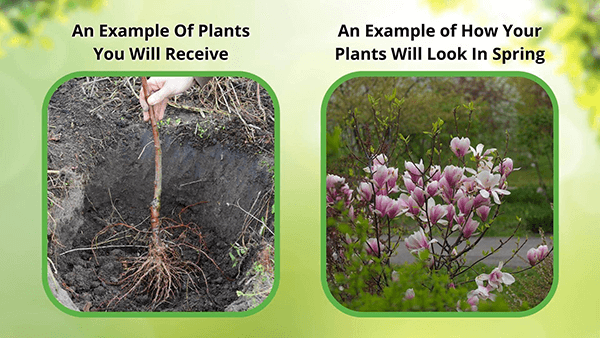



Removes & Absorbs Toxins
Improves Air Quality
Low maintenance & easy to grow
Chestnut Oak Trees Wholesale - Quercus Montana
Chestnut oak Treesalso known as rock oak or mountain oak, are native to the eastern United States. It is known for its rugged appearance, distinctive leaves, and adaptability to rocky, dry soils.
The bark is one of the most recognizable features of the chestnut oak. It is thick, deeply ridged, and dark gray or brown. The rugged, furrowed texture gives the tree excellent fire resistance and was historically used to extract tannins for leather production.
The leaves are oblong or lance-shaped with rounded, crenate (scalloped) edges, similar in appearance to chestnut leaves, which is how the tree got its name. They are usually 4 to 8 inches long.
The leaves are dark green on the upper side in spring and summer and paler underneath. In the fall, they turn yellow, orange, or brown, adding seasonal color to the landscape.
While not as commonly planted in ornamental landscapes as some other oaks, chestnut oak can be used in naturalistic or conservation planting due to its tolerance for poor soils and drought.
Chestnut Oak is Long-Lived
It is a slow to moderate grower, typically growing about 12 to 24 inches per year.
Chestnut oaks can grow to be 60 and 100 feet tall. They typically have a straight, stout trunk and a broad, rounded crown.
It is a long-lived tree, often living 300 to 400 years. Its slow growth rate and robust bark contribute to its resilience and longevity in tough environments.
This Oak is Hardy in Zones 4-8
Chestnut oak is native to the Appalachian Mountains, parts of the northeastern United States, the Ohio Valley, and the Piedmont region. It grows in dry, upland forests and rocky ridges, which makes it well-suited to areas where other trees may struggle. It can also tolerate poor, acidic soils and drought conditions.
It is a Valuable Food Source
These trees acorns are a valuable food source for several animals, including birds, squirrels, and deer. They are larger than many other oak species and highly palatable to wildlife. Chestnut oaks produce acorns in larger quantities than some other oak species, which can make them a keystone species in their ecosystem.
Chestnut oak is a resilient, long-lived tree that is essential in its natural habitat. It provides food for wildlife and stabilizes soils in challenging terrains.
This tree is tough, really tough. It’s part of the white oak group. Sometimes people call it rock chestnut oak. Its actual name is Quercus prinus, or chestnut oak quercus. It thrives in rocky soils, unlike the related swamp chestnut oak. It needs very well-drained soil. It produces valuable chestnut oak acorns for wildlife. You'll recognize the autumn leaves: they turn a distinct yellow brown. The Chestnut Oak Tree is a strong ornamental choice for difficult, dry sites.

This Is How Your Plants Will Look upon Delivery
Shipping date depends on the date displayed and chosen when you order from the product's page.
We do not offer warranties on products after 5 days past receiving your plants.
By signing up, you agree with our privacy policy.






